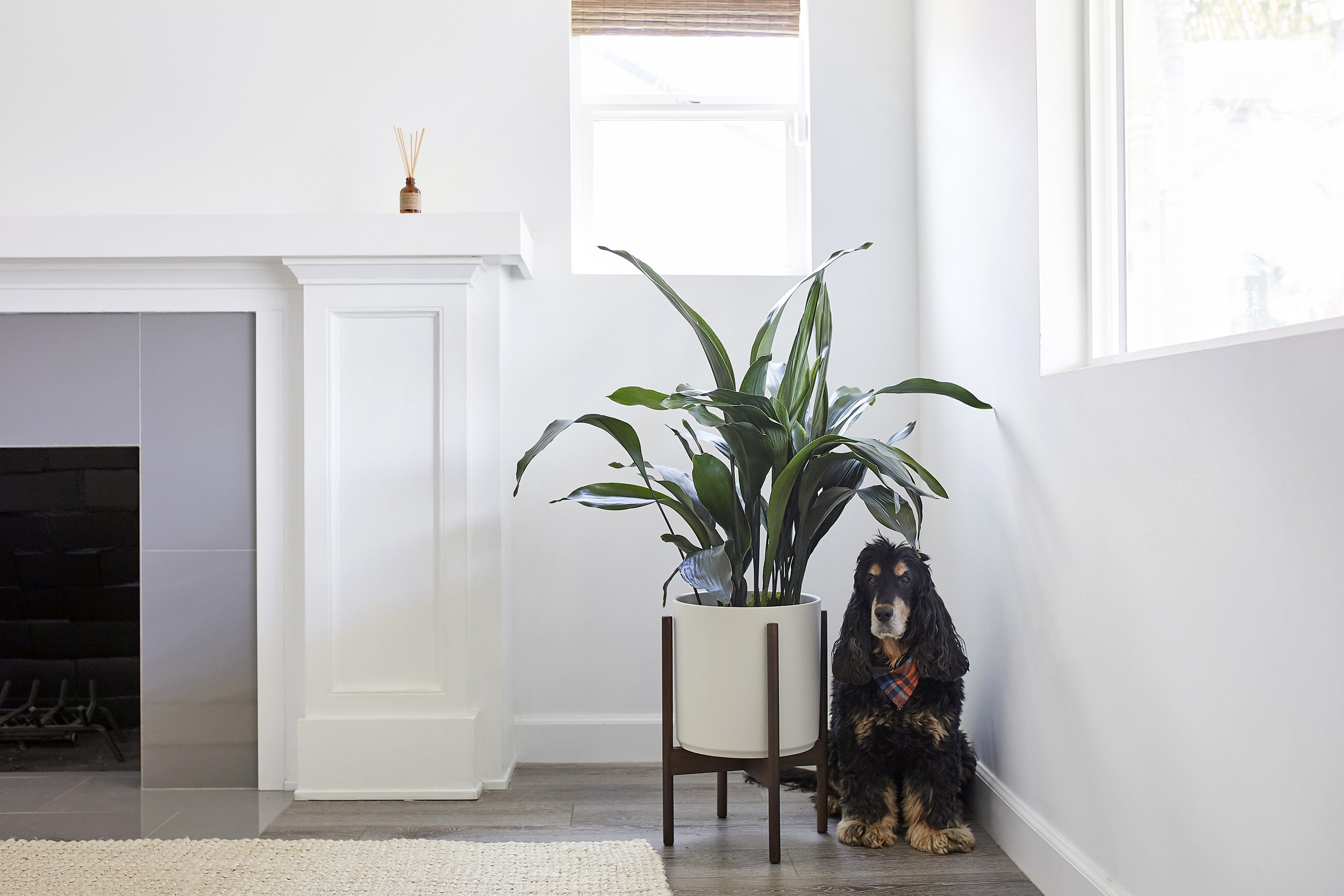 Cast Iron Plant" width="4134" height="2756" />
Cast Iron Plant" width="4134" height="2756" /> Cast Iron Plant" width="4134" height="2756" />
Cast Iron Plant" width="4134" height="2756" />
Bringing houseplants into your home is a wonderful way to add a touch of greenery and life to any space. However, if you have pets or small children, it's important to be aware of the potential dangers of toxic plants. Luckily, there are plenty of non-toxic houseplants that you can choose from to create a safe and healthy environment for everyone in your household. In this article, we'll explore what plant toxicity means, the most popular non-toxic plants and their traits, and how to choose a non-toxic plant for your space.
Plant toxicity refers to the potential harm a plant can cause to humans or animals when ingested or touched. This harm can range from mild irritation to serious illness or even death, depending on the plant and the amount consumed. It's important to note that even non toxic plants can cause issues if consumed in large quantities, so it's always a good idea to keep an eye on pets and children around all houseplants.

When it comes to toxic plants, not all plants are created equally and there are two main categories to consider: mildly toxic plants and highly toxic plants. Mildly toxic plants are those that may cause mild irritation or discomfort if ingested, but are not typically life-threatening. Having mildly toxic plants in a home with pets or children is usually no cause for concern. Examples of mildly toxic plants include the Pothos (Epipremnum aureum), Spider Plant (Chlorophytum comosum), and Snake Plant (Sansevieria trifasciata). Highly toxic plants, on the other hand, can cause severe illness or even death if ingested or touched. Examples of highly toxic plants include the Peace Lily (Spathiphyllum), Oleander (Nerium oleander), and the Sago Palm (Cycas revoluta).
If you're looking for non-toxic plants to add to your collection, there are plenty of options to choose from. Here are some of the most popular non-toxic plants and their traits:
Now that you are familiar with non-toxic plant options, it’s time to choose the perfect plant for your home. Here are some things to consider when making your selection:
One of the most important factors to consider is the amount of light your space receives. Some plants require bright, direct sunlight, while others can tolerate low light conditions. Be sure to choose a plant that can thrive in the lighting conditions of your space.

The size of your plant should be in proportion to the size of your space. If you have limited space, consider a smaller plant, such as a Pothos or a Spider Plant. If you have more room, you may want to consider a larger plant, such as a Monstera or a Fiddle Leaf Fig.
Different plants have different watering needs. Some plants, such as succulents, can go weeks without water, while others, such as Peace Lilies, require frequent watering. Choose a plant that fits your lifestyle and schedule.
Consider how much maintenance you are willing to do. Some plants require regular pruning while others like the Cast Iron Plant can go for months without any attention. Choose a plant that you can commit to caring for.
In conclusion, choosing a non-toxic plant for your home is a smart and safe decision. Not only do these plants add beauty and natural ambiance to your space, but they also provide a range of health benefits. By choosing a non-toxic plant, you can enjoy the benefits of greenery without worrying about the safety of your family and pets!